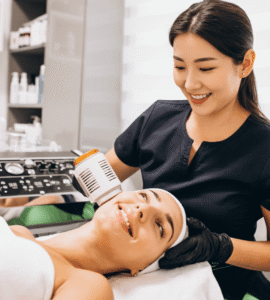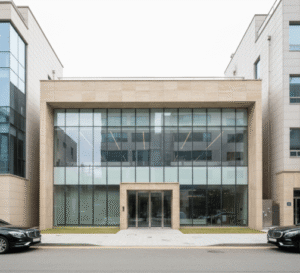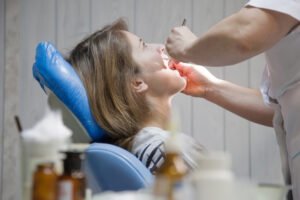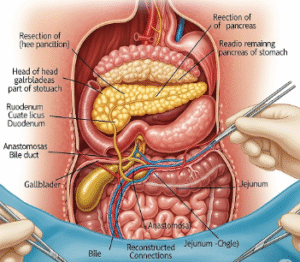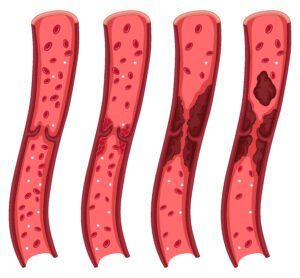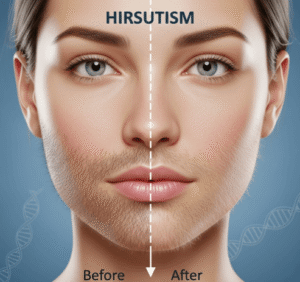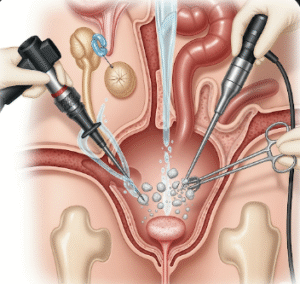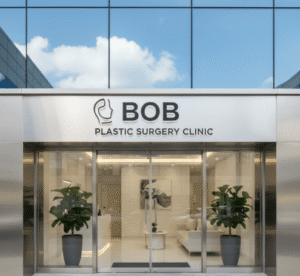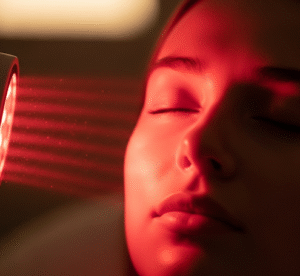What it is
➝ Silicone taping refers to the use of thin silicone adhesive sheets or tapes applied over fresh surgical incisions once the wound has closed and sutures are removed.
➝ Silicone provides occlusion, hydration, and gentle pressure, which help regulate fibroblast activity and collagen deposition, leading to flatter, softer scars.
➝ This method is simple, non-invasive, and widely recommended for scar prevention in surgical patients.
➝ In Korea, silicone taping is considered standard post-surgical care, especially in plastic surgery, dermatology, and cosmetic surgery clinics.
Why it’s done
→ To prevent hypertrophic scars or keloids, especially in high-risk patients.
→ To improve scar appearance, making them flatter, lighter, and more flexible.
→ To reduce symptoms such as itching, redness, and tightness in new scars.
→ To provide continuous scar modulation in a convenient, home-friendly format.
→ In Korea, silicone taping is an essential part of post-cosmetic and reconstructive surgery scar care protocols.
Alternatives
→ Silicone gels/ointments: Transparent, suitable for facial scars.
→ Silicone sheets: Thicker, occlusive, but less flexible for mobile areas.
→ Pressure therapy: Used mainly for keloids and burn scars.
→ Intralesional steroid injections: For resistant or hypertrophic scars.
→ Laser therapy: Fractional or PDL lasers for redness and thickness control.
Preparation
→ Wait until incision is fully closed and sutures/staples are removed (no open wounds or crusts).
→ Clean and dry the skin before applying tape to improve adhesion.
→ Choose a medical-grade silicone tape, sized to cover the incision with a margin.
→ In Korea, patients are usually given scar care kits with silicone tape at discharge from surgical clinics.
How it’s Done
→ Cut tape to fit the incision length.
→ Apply directly over the scar, smoothing out air bubbles.
→ Tape can usually be worn continuously for 24–48 hours, removed only for bathing or cleaning.
→ Wash tape gently with mild soap and water, then reuse until it loses stickiness (often 1–2 weeks per strip).
→ Continue taping for at least 2–3 months, ideally up to 6 months, depending on scar risk and healing progress.
→ In Korea, many plastic surgeons combine silicone taping with laser therapy or topical scar gels for optimal prevention.
Recovery
→ Patients usually notice softer, lighter scars within weeks.
→ Long-term use significantly reduces the chance of hypertrophic scar or keloid formation.
→ Cosmetic results are highly satisfactory, especially in facial, breast, and body-contouring surgeries.
Complications
→ Skin irritation or rash in sensitive individuals from prolonged occlusion.
→ Loss of adhesion in humid or sweaty conditions.
→ Compliance issues if patients find daily taping inconvenient.
→ Generally very safe, with minimal risks compared to injections or surgery.
Treatment Options in Korea
→ Silicone taping is widely prescribed after plastic surgery procedures such as double eyelid surgery, rhinoplasty, breast augmentation, thyroidectomy scars, and C-section scars.
→ Medical-grade silicone tapes (thin, breathable, skin-colored) are sold in pharmacies, hospitals, and dermatology clinics.
→ Korean surgeons emphasize early initiation of silicone taping as soon as the wound is closed, to maximize scar prevention.
→ Clinics often use a multimodal approach: silicone taping + laser therapy + scar gels for the best cosmetic outcomes.
→ With Korea’s strong focus on aesthetics, silicone taping is considered a first-line, low-risk, high-benefit strategy in fresh incision management.

